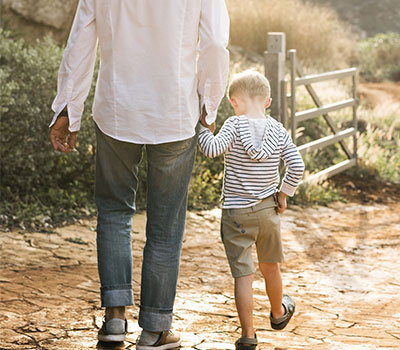How to invest in agri-tourism
Around 62% of UK farmers are having to diversify alongside running a traditional farm, according to government figures. As farms are trying to diversify their sources of income through various entrepreneurial activities, many are looking to agri-tourism as an alternative. This form of tourism has seen a rise in popularity in recent years. For city-dwellers, farm tourism offers an opportunity to experience rural life, even just for a few days. Some of these ventures are becoming so successful that they’ve overtaken traditional farming as the primary source of income.
How then does a farm begin investing in agri-tourism? What steps should farm owners take to become successful in this project? Below, we’ll explore key investments farm owners should consider to make their farms attractive for tourism.
Rural activities
When visitors come to the country they are looking for an adventure, which is why a lot of farms that provide holiday services will also promote activities such as bike riding or hiking. A farm should fully invest in this and provide services, such as bike rentals, that will make exploring the countryside convenient for the visitors. If their land is large enough, the farm can even create its own cycle and walking paths that are aimed at families. Water sports are also popular with tourists if the farm has a lake. In order to compete in this growing  market it is important that farmers invest in activities that will attract families and those looking for adventures.
market it is important that farmers invest in activities that will attract families and those looking for adventures.
Quaint farm accommodation options
Another important aspect of agri-tourism is having quaint farm accommodation where visitors feel closer to nature. For example, Catgill Farm offers timber pods that fit the authentic ‘glamping’ experience many families are looking for when going on a farm holiday. The Mulino Pods used by a farm in the Peak District are modern log cabins that provide visitors a laidback yet comfortable experience complete with Wi-Fi inside the pods. This goes to show how agri-tourism is both keeping to its rural roots while also providing modern amenities. For a farm investing in their own log cabins for accommodation, they will need to have a communal area for the guests. The shire log cabins on Screwfix represent how most designs only have one or two rooms, which would be enough for a bedroom and maybe an en suite. The good news is that the glamping experience is all about communal living, which is why it is seen as an authentic outdoor pursuit. Whatever type of accommodation you choose, make sure it's able to convey the beauty of the location while still maintaining comfort and security.
Hands-on farm activities
Families usually go on farm holidays to expose their children to rural life at a young age. One key attraction of agri-tourism is that there should be things to do related to learning about the farming process. The Guardian lists a couple of popular farm holidays and almost all have hands-on farm activities children can enjoy. In Gladwins Farm in Nayland, Suffolk for example, children can collect chicken eggs and feed the pigs. At the Sgriob-ruadh Farm in Tobermory, Isle of Mull, kids can have a go at milking a cow. The dairy farm also invites everyone to watch the udder-to-vat cheese-making process. Not only do visitors get to learn about farming activities, but they get first-hand experience in it as well. Making sure that there are interactive farm activities such as these will give your business a competitive edge and will act as good promotional material.
Interesting farm animals
Interactive farm activities are made better when there are unique farm animals around. Along with the typical animals like chickens, pigs and horses, having special livestock makes for an interesting visit. Trevorrick Farm in St Issey, Cornwall has Shetland ponies, kunekune pigs and pygmy goats where children can come and interact with the friendly farm animals. Some farms offer a walk-in rabbit and guinea-pig enclosure where people can pet and feed the animals as well. If your farm has animals that people can interact with this will be a huge selling point for families.
- Log in to post comments

